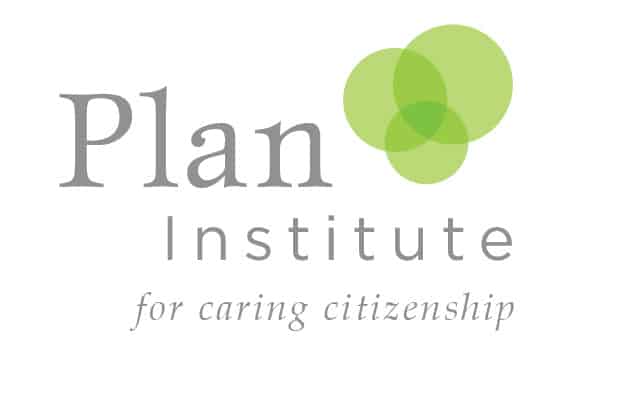It’s almost tax time! Though filing your taxes can feel taxing 😉 there are resources available that can help. Even if you don’t receive a refund, filing your taxes can give you access to other related disability benefits and credits. Read on to learn more tips and tricks for filing your 2024 taxes.
2024 Tax Filing Deadline
Most people must file their taxes and pay any taxes owed by April 30th, 2025. However, if you, your spouse, or your common-law partner are self-employed, you have until June 16th, 2025, to file your taxes, but still must pay any taxes owed by April 30th, 2025. You can file your taxes electronically, by phone, or by mail.
New This Year
The Canada Revenue Agency (CRA) has launched a chat feature that allows you to speak with a live agent about account-specific issues, including personal income and payments. This feature is available through your CRA account under My Account.
Click here to learn more about the new chat feature.
Get Your Taxes Done for No Cost at a Free Tax Clinic
You can get your taxes done for free through the Community Volunteer Income Tax Program (CVITP). Community organizations across Canada are offering free tax clinics where volunteers can help you complete your tax returns. You can visit these clinics in person or virtually. This service is available for people with a modest income and simple tax situation.
Click here to find a free tax clinic in your area.
Simplify Your Taxes with NETFILE
NETFILE makes filing your taxes easier by automatically filling in all the information the CRA already has on you. Many companies offer NETFILE software for free or let you choose how much you would like to pay.
Click here to see a list of NETFILE certified software.
Don’t miss out on any benefits or credits
Make sure that you don’t miss out on any potential benefits and credits that you could be eligible for when filing your taxes! Filing your taxes gives you access to different benefits and credits that include:
- the DTC,
- the Registered Disability Savings Plan (RDSP),
- the Canada caregiver credit,
- the home accessibility tax credit,
- and the medical expenses tax credit.
The Disability Benefits Compass and the Benefits Wayfinder can help you determine which benefits you can claim on your taxes in a few simple steps. By answering a few short questions, these tools will help you identify different benefits and credits that you may be able to claim. You can also visit the CRA’s Benefits Finder.
Taxes and Your RDSP
If you withdrew more than $25,577 from your RDSP in 2024 in taxable amounts (grants, bonds, investment income, and rolled-over amounts), your financial institution will have already withheld any owed taxes before providing you with your withdrawal. If the taxable portion of your RDSP withdrawal was less than $25,577, your financial institution withheld no tax. The 2024 threshold of $25,577 includes $15,705 for the federal basic personal amount and $15,705 for the disability amount.
Your financial institution should have sent you a tax form for the 2024 tax year. If the institution withheld more taxes than necessary, you will receive an income tax refund.
Click here to learn more about the RDSP and your taxes.
More Resources
- Canada Revenue Agency: Get ready to do your taxes
- Canada Revenue Agency: Learn about your taxes – an online course that will teach you about personal income taxes in Canada and completing your tax return
- Canada Revenue Agency: Questions and answers about filing your taxes from the CRA
- Disability Alliance BC: Guide to Filing Income Taxes for People Receiving PWD/PPMB
